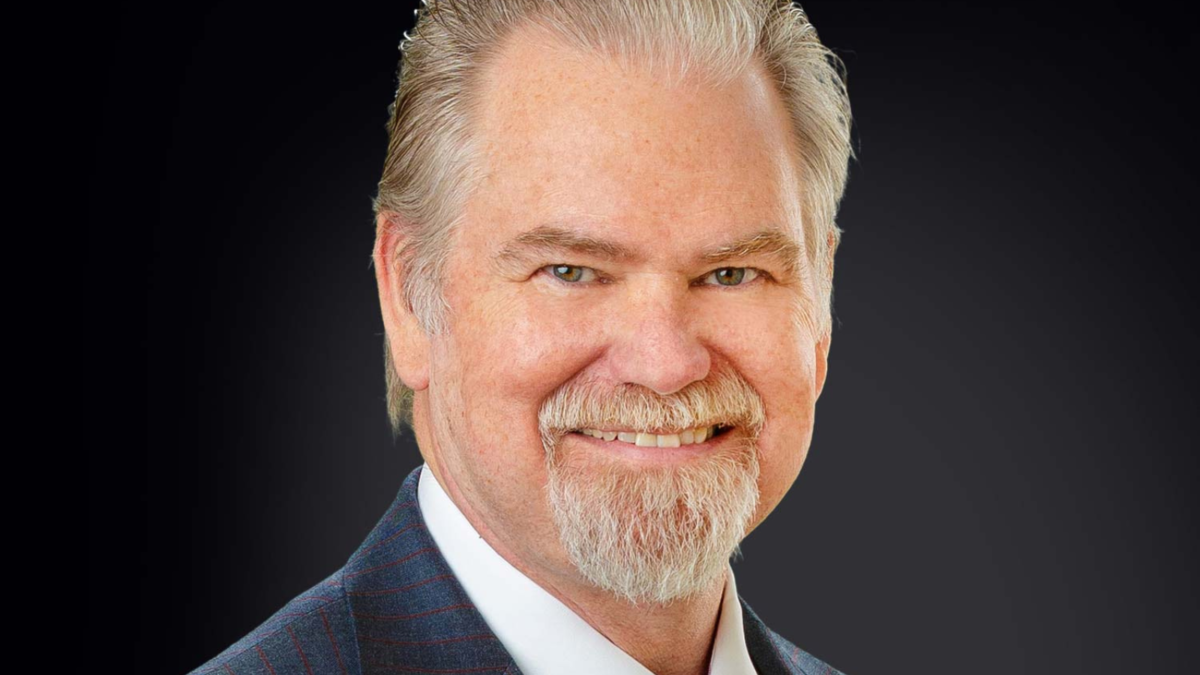Research Affiliates hoses down rapid inflation reversal hopes
The Research Affiliates (RAFI) study of 52 cases of four per cent plus inflation in 14 developed world countries spanning 1970 to this September found the price crisis usually subsides at the lower limit.
Once inflation hits four per cent “it usually reverses course; in 32 out of 52 cases; over 60 per cent of the time inflation never reaches the next threshold of six per cent”, the RAFI paper says. But if inflation reaches “a less-benign” six per cent, historically it has taken on average about 7.5 years to bring annual prices increases back to three per cent.
“From inflation levels of 8 per cent to 20 per cent, the median span required to bring inflation below three per cent is surprisingly flat, from nine to 12 years. This lengthy period may actually be understated because of the handful of cases missing from our dataset in which inflation has failed to return to three per cent, to this day,” the RAFI study says.
“Given the recent US inflation rate, which has been above six per cent for the last 12 months and above eight per cent for the last seven months, history tells us that the median number of years to reduce inflation below three per cent is 10 years, with a 20 to 80 percentile range of six to19 years. How many economists – let alone pundits and policy ‘experts’ – have suggested we may have elevated inflation for six years, much less the longer outliers?”
The paper – authored by RAFI founder, Rob Arnott (phot at top), and multi-asset partner, Omid Shakernia – also calls out the US Federal Reserve for a misguided ‘transitory’ forecast for the current inflationary binge.
“The Fed inflicted serious damage, both to the macroeconomy and to its own credibility, by following a too-easy policy for a dozen years and then continuing its transitory messaging as inflation lofted past six per cent, then eight per cent. The same messaging continues today, albeit in different words,” the study says.
“A cursory glance at history should have alerted the Fed that although transitory inflation is possible, it is hardly a sensible central expectation, and that their messaging and policy response should reflect the relatively high empirical risk that inflation would accelerate. Is it possible that inflation will recede to four per cent and then to two per cent in the coming year or two? Of course it’s possible! History says it is unlikely.”
Markets have rebounded in recent weeks as early signs of peaking inflation emerge coupled with a perceived Fed ‘pivot’ towards lower-than-expected rate hikes. Arnott and Shakernia, however, warn against trusting economic models that forecast a quick and easy end to the high inflation era.
“Our leaders, and indeed much of the economics profession, appear to believe their economic models are reality and seem eager to dismiss reality that does not fit their models,” the RAFI paper says.
“… We perceive a resistance to alternative views, in both fiscal and monetary circles, a desire to create an echo-chamber of similar views, and a reluctance to learn from past mistakes. We are fools if we allow our hopes for a rapid dissipation of inflation to become our central expectation.”











